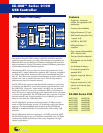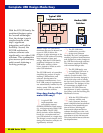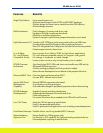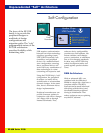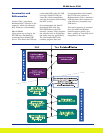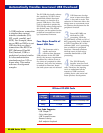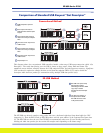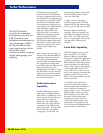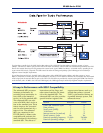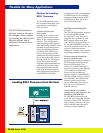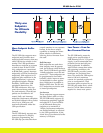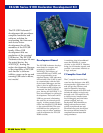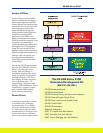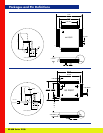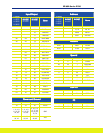
EZ-USB Series 2100
This diagram shows how conventional USB controllers handle a three-stage USB setup transaction called “Get
Descriptor.” The serial data flowing over the USB is shown as three stages: Setup, Data and Status. The
numbered arrows indicate transfers between the USB, endpoint FIFOs, and microprocessor memory. Significant
CPU overhead is required to transfer the data to and from the endpoint FIFOs (2,3,5) and to divide the
descriptor table data into packets for transmission using multiple USB data packets (4,6).
The EZ-USB core directly transfers setup packet data into a dedicated eight-byte Setup data buffer for CPU
inspection (1). Then the 8051 loads an EZ-USB pointer with the start address of the requested descriptor data
(2). The EZ-USB core does the rest. The EZ-USB core automatically takes care of error checking and retries,
dividing the table into packets for the various IN transfers and responding to the Status stage.
Comparison of Standard USB Request “Get Descriptor”
Conventional Method
1 USB Setup data copied to
FIFO
2 CPU copies FIFO data to
RAM; decodes Get Descriptor
request
3 CPU transfers first packet of
data from memory to endpoint
FIFO
4 FIFO data sent in response to
USB IN token
5 CPU transfers next packet of
data from memory to endpoint
FIFO
6 FIFO data sent in response to
USB IN token
7 Repeat steps 5-6
EZ-USB Method
1 EZ-USB core copies Setup
data directly to RAM,
eliminating the FIFO-to-RAM
copy step. The 8051
decodes the Get Descriptor
request.
2 The 8051 sets pointer to
descriptor table in RAM.
EZ-USB core does entire
multi-packet transfer.



